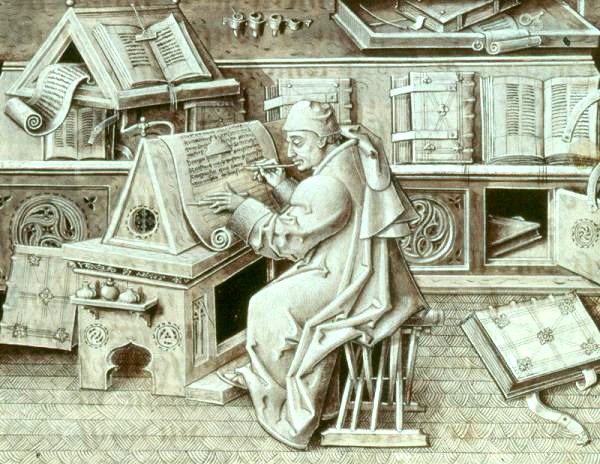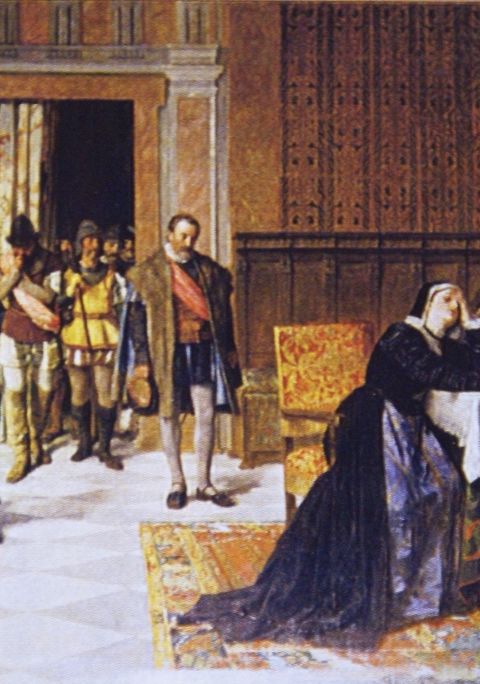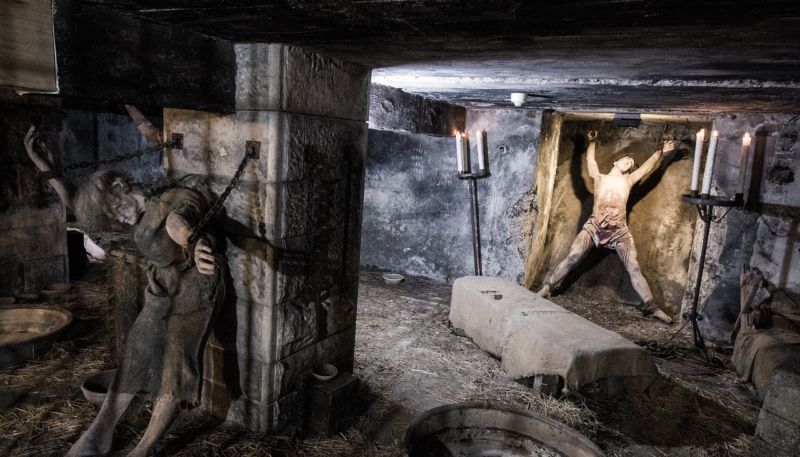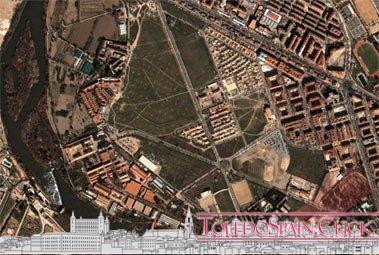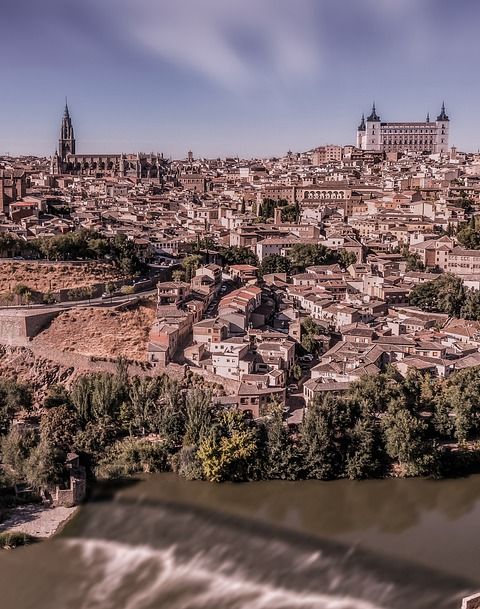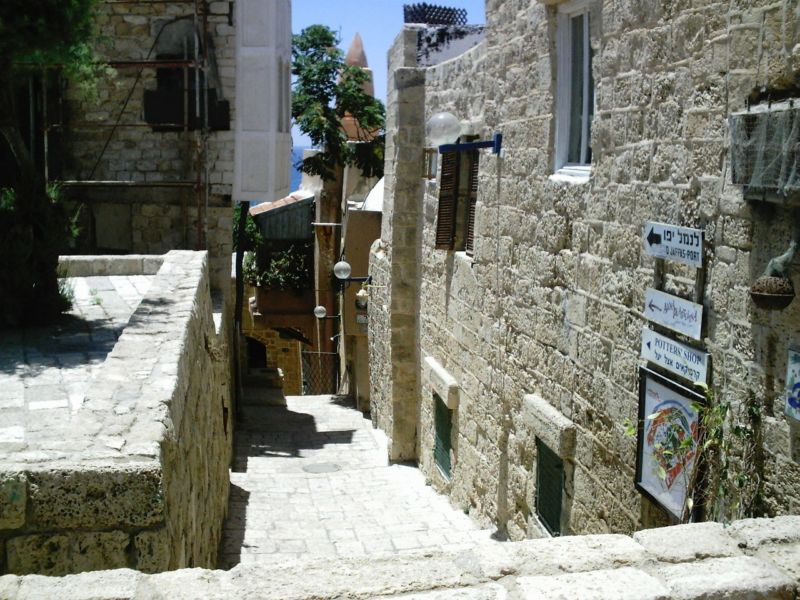Julio Caro Baroja, anthropologist, historian and linguist nephew of the famous writer Pío Baroja, PhD in Ancient History at the University of Madrid, where he was a professor.
Great traveller with long stays in the United States and England. Among his more than seven hundred works, we are interested in the book “Toledo”, published in 1988, city for which the author had “admiration for this exceptional enclosure”, as he states in his prologue. Magic in the Middle Ages in Toledo.
In one of the chapters: IX. Art from Toledo: Toledo, city of magic and legend, dedicates sections to the famous Cueva de Hércules of which we have spoken so much in these pages, to the Palacio Encantado, or to the necromancer Enrique de Villena…
But what interests us today is a brief section dedicated to the teaching of magic in the Middle Ages in Toledo.
In a modern dictionary of Germanic beliefs, which gathers much more information than the title promises, it is stated emphatically that the oldest and most famous school of magic in all of Europe was Toledo.
In an article of the same work, dedicated especially to the magic schools (” Hochschulen der Zauberei” ), it is said, in the first place, that the fame of the Spanish schools was due to the fact that when Muslims dominated cities such as Toledo, Seville, Cordoba, Granada and even Salamanca, not only the theological and philosophical sciences were explained in the schools attached to the mosques (which we call “madrazas” in Spanish), but also others, of which they are called occult, astrology and alchemy. Hence the fame in Christian countries.
Thus it turns out that with respect to the year 1143 the following reference of William of Memelsbury was made:
“Sicut Christiani Toletum, ita ipsi Hispallim, quam Sebiliam vulgarieter vocant, caput segui habent, divinationibus et incantationibus more gentis familiari studentes”.
It was also said that the one who was Pope with the name of Silvestre II (996-1002), Gerberto, had acquired his great knowledge in the magical arts in Seville. Of this tradition, extended in Europe, there is expression in Spanish texts.
In the chapter CI del Mar de historias, by Fernán Pérez de Guzmán, it is about the Pope, calling him Gilberto. It is said that, in effect, he came to Spain and went to Seville, when the city was of the Moors, remaining many years in the house of a Moorish philosopher, “who had a book in which were all the rules and figures of negromancy “.
Then he was able to escape with the help of the Devil and a daughter of the Moor. He then continued practicing magic, even in Rome, where, in a similar trance, he was more prudent than Don Rodrigo in the enchanted palace of Toledo.
In relation to our city, there is no doubt that activities such as those of Gerard of Cremona (1114-1187), who translated books on “Geomancy” and other similar arts, within the school of translators, gave weight to fame.
Cesarius of Heisterbach refers to young people who “apud Toletum studebant necromantica”, and in the life of St. Egidio (died in 1265) it is indicated that as a young man, seduced by the Devil, went to Toledo to learn the magic art, and that he was in the subterranean and hidden den, and made a pact with the Devil signed with his own blood.
Other texts prove the same (Fernando del Castillo, Del Río, etc.). In addition to Toledo and Seville, it was said that there were similar schools in Salamanca and Granada.
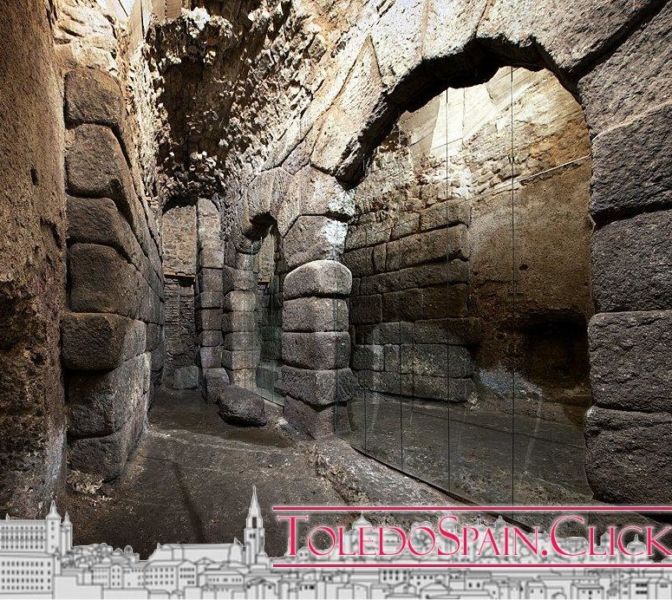 Cueva de Hércules in Toledo
Cueva de Hércules in Toledo
But Toledo’s fame was such that some texts allude to magicians who went from there to Maastricht (in 1223) spreading their knowledge. There is also no lack of medieval Spaniards who take teaching for granted, as can be seen by the “example XI” of Count Lucanor, who tells what happened to a dean from Santiago with Don Yllán, “the great master of Toledo”.
Benedetto Croce remembers that during the Middle Ages, in Europe and especially in Italy, it was considered that just as Bologna was the seat of knowledge of law and Salerno that of medicine, Spain in general and Toledo in particular, had the fame of being the seat of occult sciences and that it was even the “daemones “who taught them and quotes an eighth of Luigi Pulci (1432-1484?) who runs like this:
Questa citá di Tolleto solea
have a business studio;
quivi di magica arte si leggea
publicly and by chiromanzia;
e molti geomanti sempre avea,
Esperimenti assai d’idromanzia;
e d’altre false openion di sciochini,
with and without fatture or spesso batter gliorehi.
There are other Italian texts, equally significant; the belief is maintained during the 16th and 17th centuries and, as we have seen, leads the most dramatic authors to create, on the basis of it, some plots of curious works.
I’m sure you’re also interested in: Spells, Sorceresses and Magic Arts in Toledo
The most important treatise on magic of the 16th century, Martin del Rio echoes the fame: “legimus post Saracenicam per Hispanias illuvionem, tantum invaluisse Magicam, ut, cum litterarum bonarum omnium summun ibi esset inopia et ignorantia, solae ferme daemoniacae arts palam Toleti, Hispali, Salmanticae doceretur “.
Apart from this teaching, done or not in the cave, there were and are in Toledo other places of great significance in the general history of Spain that also possessed great magical reputation for being “enchanted”.
Do you want to hear stories about the “Magic” of the city of Toledo as well as many anecdotes and curiosities? Book the route “toledospain.click” with Toledospain.click Guides, here.
Bibliography: Caro Baroja, July (1988). Toledo. Barcelona: Destino.

